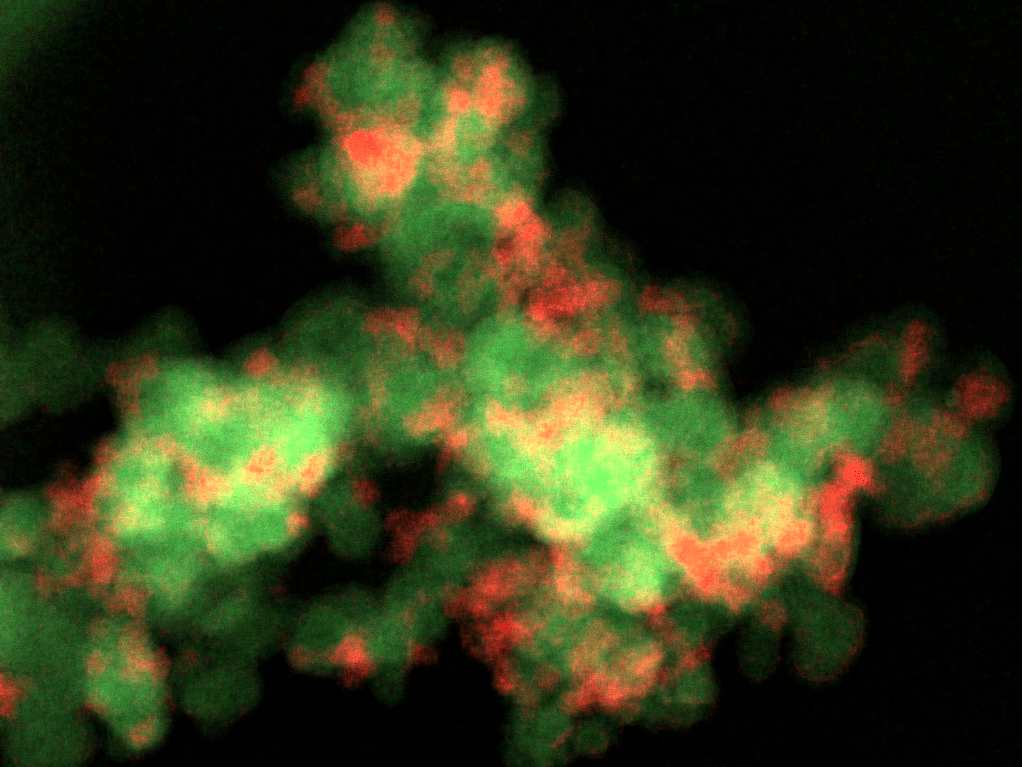Hetero-aggregation of colloidal silica and carbon black in flames

Project Leader:
Prof. Dr.-Ing. habil. Hermann Nirschl
Karlsruhe Institute of Technology (KIT)
Nanoparticles are ubiquitous in industrial products and processes due to their special properties. The enormous surface to volume ratio creates physio-chemical attributes for unique particle characteristics. To multiply these properties hetero-aggregates can be generated by mixtures of powders or the production of multiphase dispersions. The mixing in the gas phase opens up the opportunity to overcome limitations of mixing powders of nanoparticles.
This proposal considers the controlled generation of carbon black structures by hetero-aggregation with colloidal silica particles in a flame. The structure of the silica can be well defined by the synthesis in the liquid phase. Carbon black is used as a partner system to create hetero-contacts with regard to structural and electro-chemical properties.
Here, changes in the dispersion behavior and the conductivity of the hetero-aggregates are target parameters. The analysis of particle composites considers particle structure analysis techniques such as small angle X-ray scattering, HAADF-TEM techniques as well as the analysis of the hetero-contact quality by measuring the dispersion behavior and the electrical conductivity. The Priority Programme is subdivided in four research focus area. This proposal focuses on the “preparation and formation of hetero-aggregates” as well as the “characterization of the hetero contacts and their material functions”. However, these results are also of great interest for the two other research areas.

